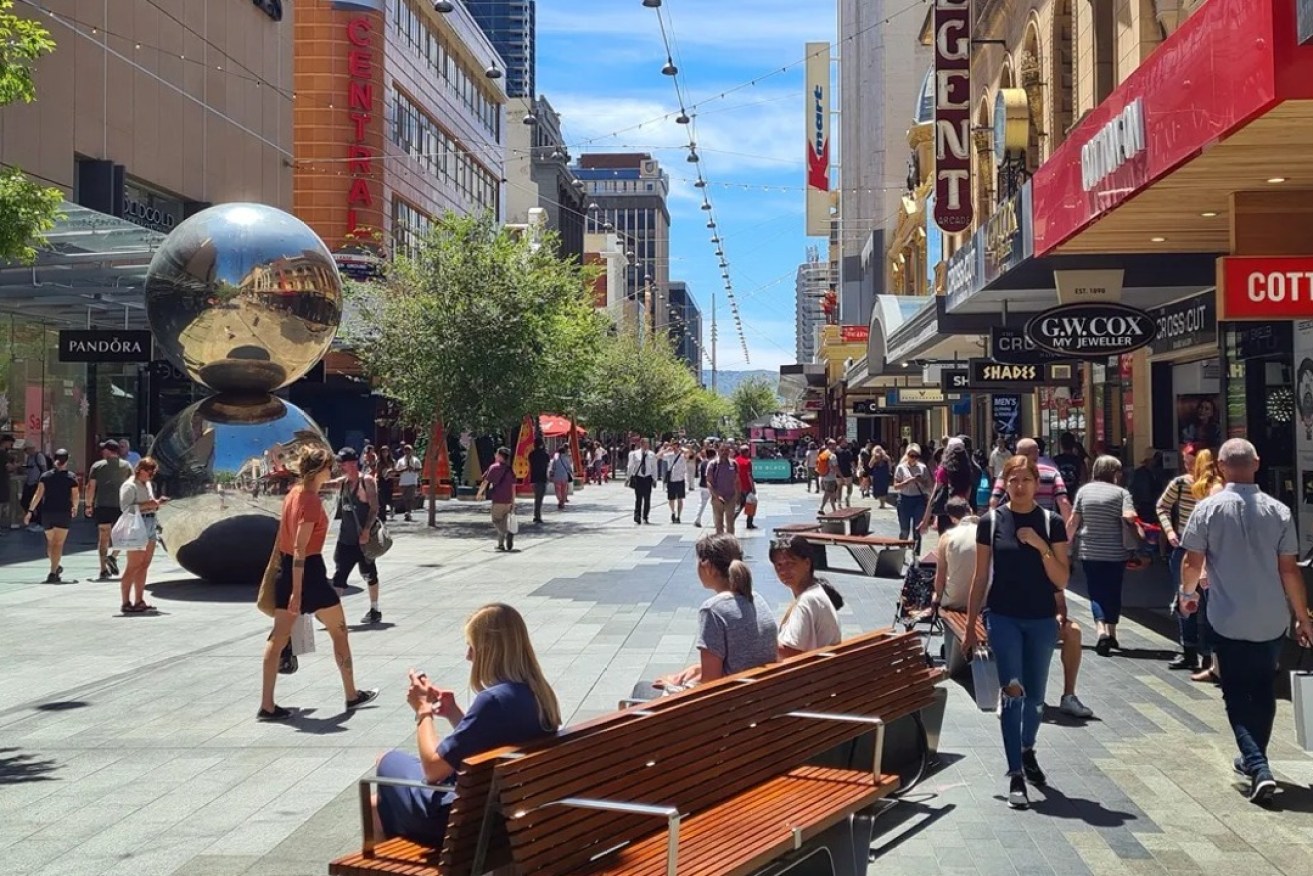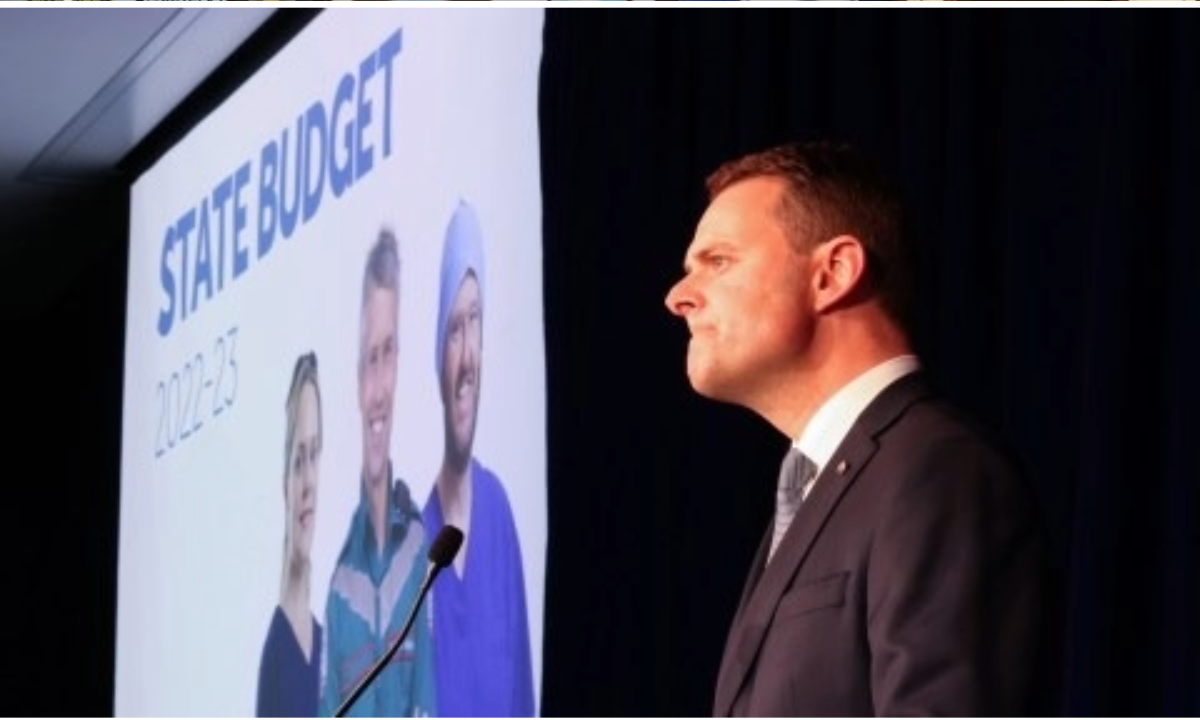‘Record decline’ in SA household incomes
South Australian households were hit with an “unprecedented” drop in spending power last financial year due to interest rate hikes and high inflation, a new report has found.


Photo: Andrew Spence/InDaily
The report by the University of Adelaide’s South Australian Centre for Economic Studies estimates that state household gross disposable income per capita declined by around 7 per cent in real terms during 2022/23.
The decline in real gross disposable income – the amount of money households have available to spend after taxes and interest payments – was due to a 6.8 per cent rise in the cost of household consumption items.
South Australian households’ gross disposable income actually rose by 1.2 per cent in 2022/23, but when adjusted per capita and factoring in inflation, the decline in real terms was measured at 7 per cent.
The SACES December economic briefing report said it was “the largest deterioration in the purchasing power of South Australian households ever recorded by the State Accounts”.
“It explains why household confidence remains in the doldrums and why there are widespread reports of financial stress even though labour market conditions are at their strongest in over 50 years and economic activity continues to grow briskly,” it said.
“The severity of the income squeeze varies considerably across households, with highly mortgaged households hit hard.”
SACES deputy director Jim Hancock said the crunch on households was this year “probably about as bad as it’s going to be”.
But he warned that it might not improve quickly next year, forecasting that households will be “very restrained” in their spending in 2024.
“(Households) have cut back on the quantity of the goods and services that they buy – it’s flat to falling,” Hancock said.
“The other thing that they’re doing is they’re saving less. But saving less is something that probably can’t keep going on indefinitely.
“So I think households are at the point where if there’s further weakness in household income… then they’re going to be under pressure to cut their spending further.”

South Australian households may have to cut back spending further in 2024. Photo: supplied
The pain being felt by households comes despite the state’s economy performing well, with unemployment below four per cent and economic growth outpacing the national rate.
The report highlights that the state’s real gross state product (GSP) increased 3.8 per cent in 2022/23, ahead of Australia’s 3 per cent growth in gross domestic product (GDP).
“This marks the third year in a row where South Australia’s economic expansion has exceeded the national rate, placing it among the fastest growing states and territories in the country,” the report states.
“The recent strong growth outcomes are a significant change from the decade before the pandemic when the state’s economy grew at approximately half the national rate.”
A record winter crop in 2022 and significant growth in the state’s tourism sector post-COVID restrictions contributed to the result, the report said, while population also rose 1.6 per cent in the 2022 calendar year – the largest rise in population since the early 1970s.
But the strain on household budgets is expected to weigh down the state’s economy next year, with the report predicting GSP growth declining to 1.75 per cent in 2023/24 and 24/25.
The SACES said this would be in part due to households spending less in the economy as they struggle to manage cost of living pressures.
“The decrease in consumption is especially significant, as household consumption is the largest component of final demand,” the report said.
“Any marked downturn in household consumption will lead to a period of slower economic growth, and there are reasons to believe that a sizeable number of households find it challenging to grow or maintain their spending levels.
“Factors such as the large rise in the Consumer Price Index (CPI) and significant hikes in mortgage rates have sharply diminished the purchasing power of household disposable incomes.”

Treasurer Stephen Mullighan. Photo: Tony Lewis/InDaily
The prediction of an economic slowdown next year is consistent with the expectations of the state government and Treasurer Stephen Mullighan, who this week reiterated a warning he delivered in October that the state faced “growing national economic headwinds” heading into next year.
“I think every state and territory treasurer, as well as (federal treasurer) Jim Chalmers, is very concerned about the prospects for the next 18 months,” Mullighan said on Monday.
“We are forecasting a slowdown in national economic activity and that’s going to impact South Australia as well.
“We’re expecting a significantly reduced level of gross state product growth or economic growth this financial year.
The Treasurer will hand down the mid-year budget review on Thursday.




